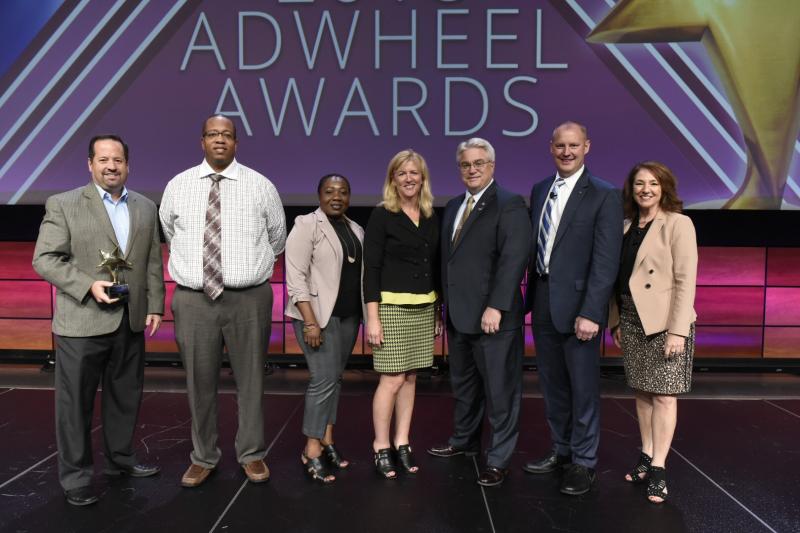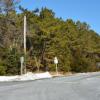DART Beach Bus campaign wins AdWheel grand prize
The Delaware Transit Corporation has earned high honors in the marketing and communications world of the public transportation industry, winning the Grand Award for Campaigns to Increase Ridership from the American Public Transportation Association 2018 AdWheel Awards for its innovative DART Beach Bus campaign.
Representatives from DART accepted the award Sept. 24 during the APTA Annual Meeting in Nashville. In addition to the awards presentation, the winners participated in panel discussions examining the strategies and tactics that helped them achieve their goals in the mid-size transit agency category.
John Sisson, DTC CEO, said, “It is such a great honor to receive this prestigious award in the public transit industry. We were elated with the Beach Bus launch and ridership results. From the marketing campaign to the new facilities, signage, planning and operation of the service, employees from all sections of the corporation deserve credit for the successful Beach Bus season.”
The objective of the Beach Bus campaign was to raise awareness of the new Lewes Transit Center and Park & Ride, increase ridership and, in turn, reduce traffic congestion during the summer. The public was offered the option to ride in the comfort of an air-conditioned bus, avoiding the stress and aggravation of driving in bumper-to-bumper traffic.
DTC worked with Aloysius, Butler & Clark on the ad campaign, which utilized public relations, social media, print, radio, lifeguard stand and movie theater ads, hotel key cards, restaurant/bar coasters and table tents to raise awareness. The “DART to” campaign highlighted the various destinations reached by the Beach Bus, such as “DART to the Boardwalk” and “DART to the Nightlife.” To view the winning campaign, go to www.abccreative.com/work/dart.
The 2017 season of the DART Beach Bus service was proven successful with an unprecedented ridership increase of more than 21 percent, thanks to the launch of a new brand and implementation of strategic advertising. Bus service levels were also increased with more frequencies, expanded service areas and extended hours. As a result, fewer cars were on the roads in the beach areas.




















































